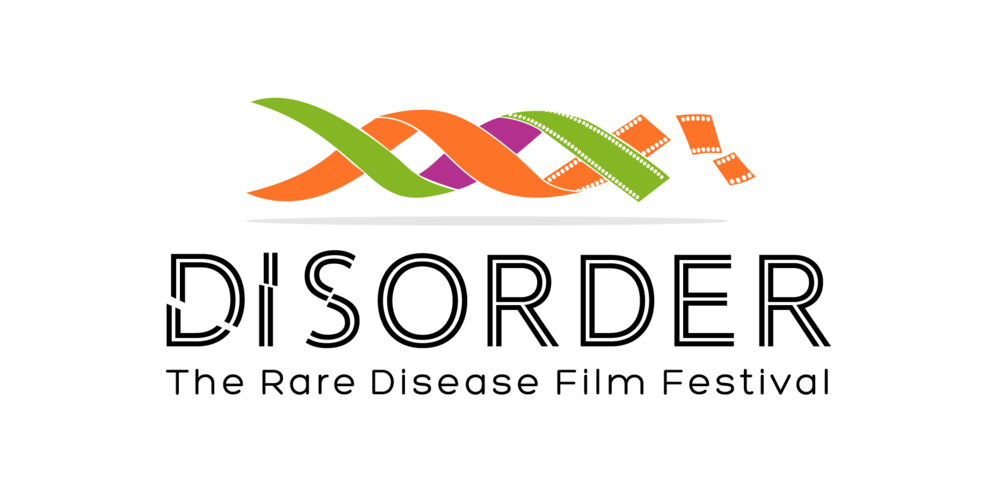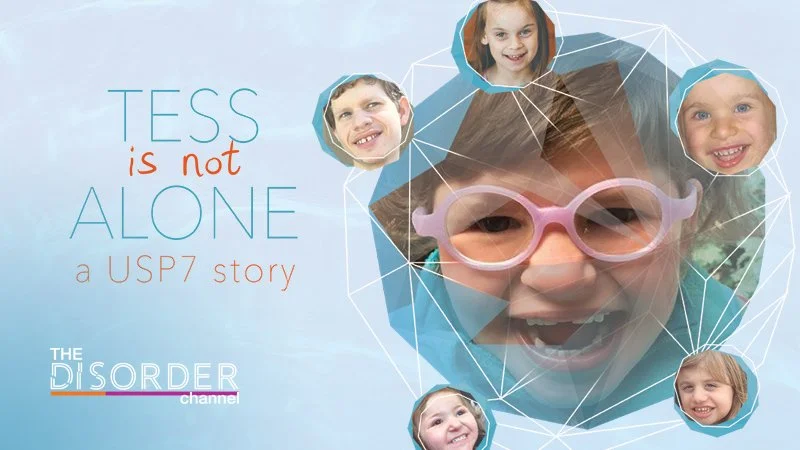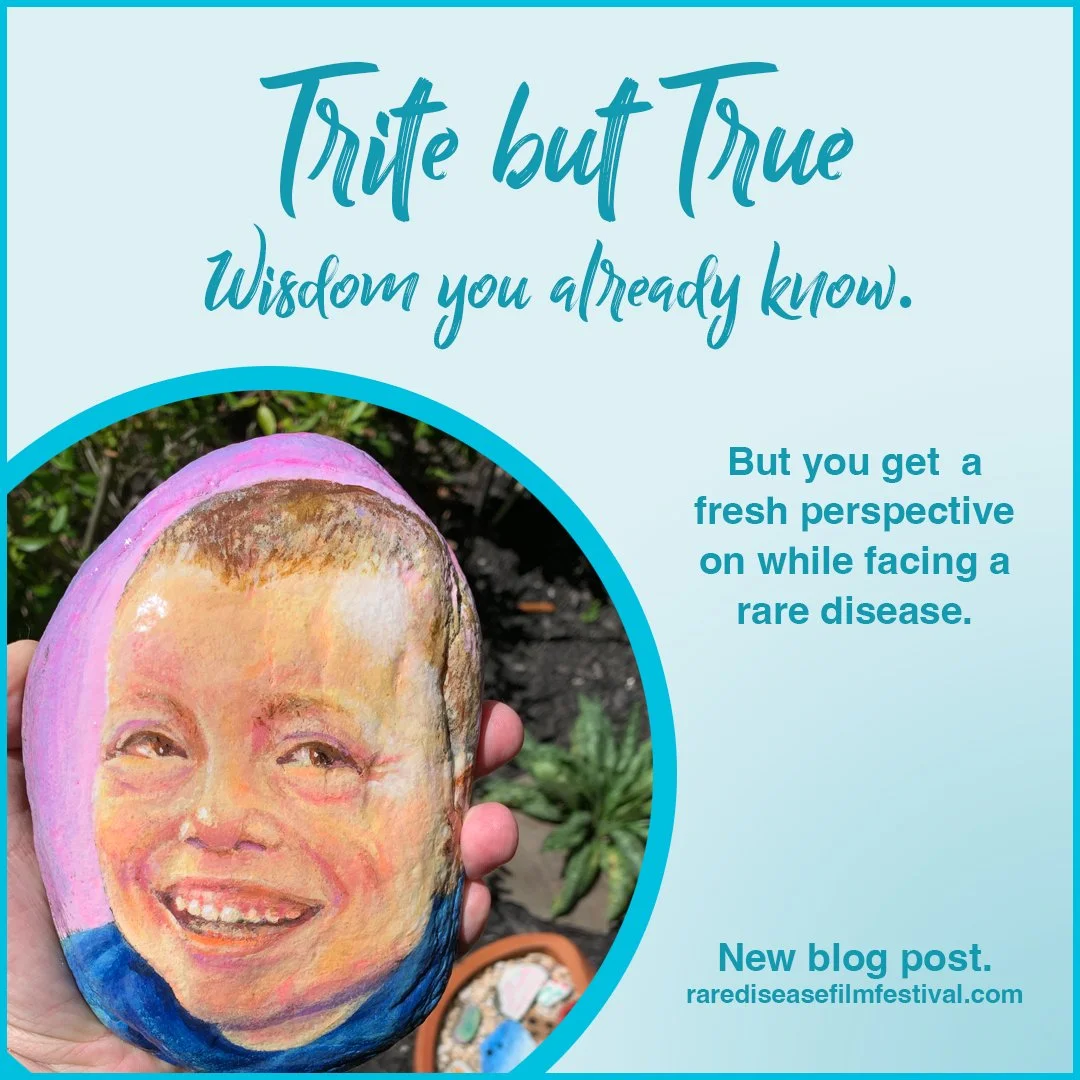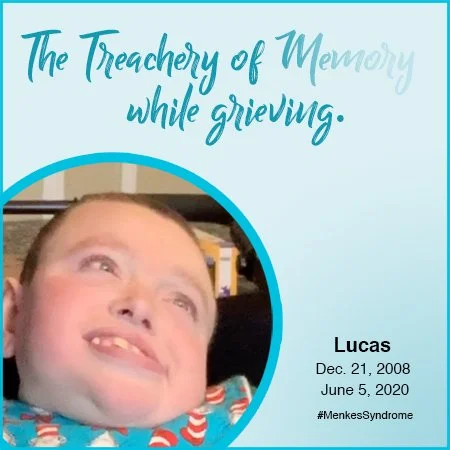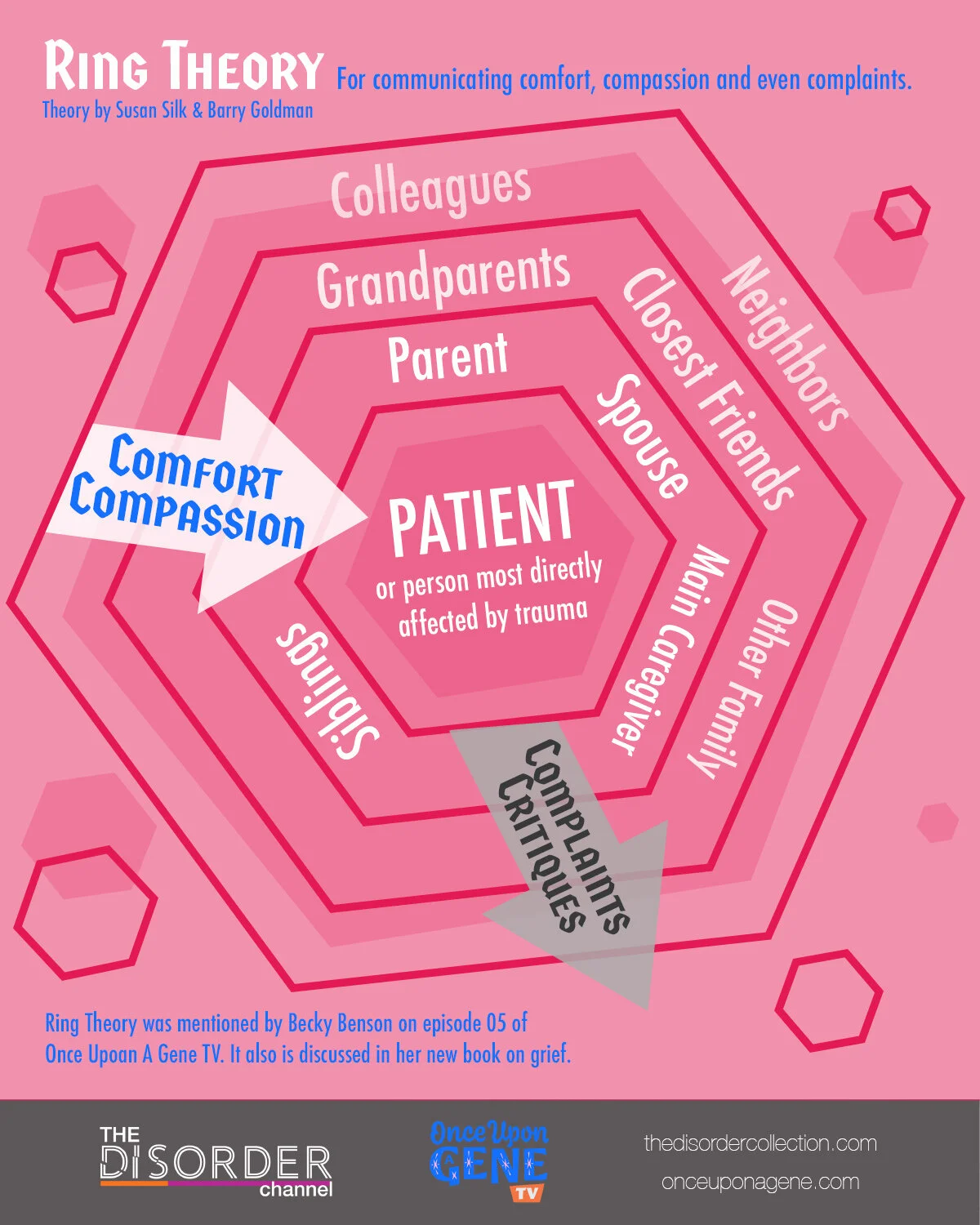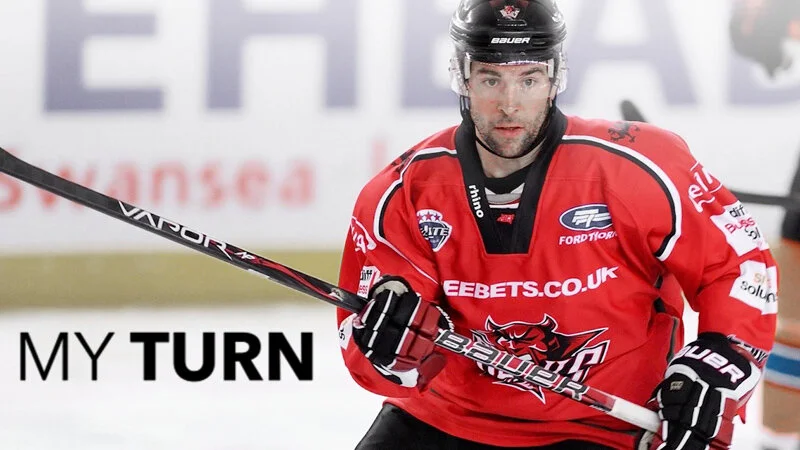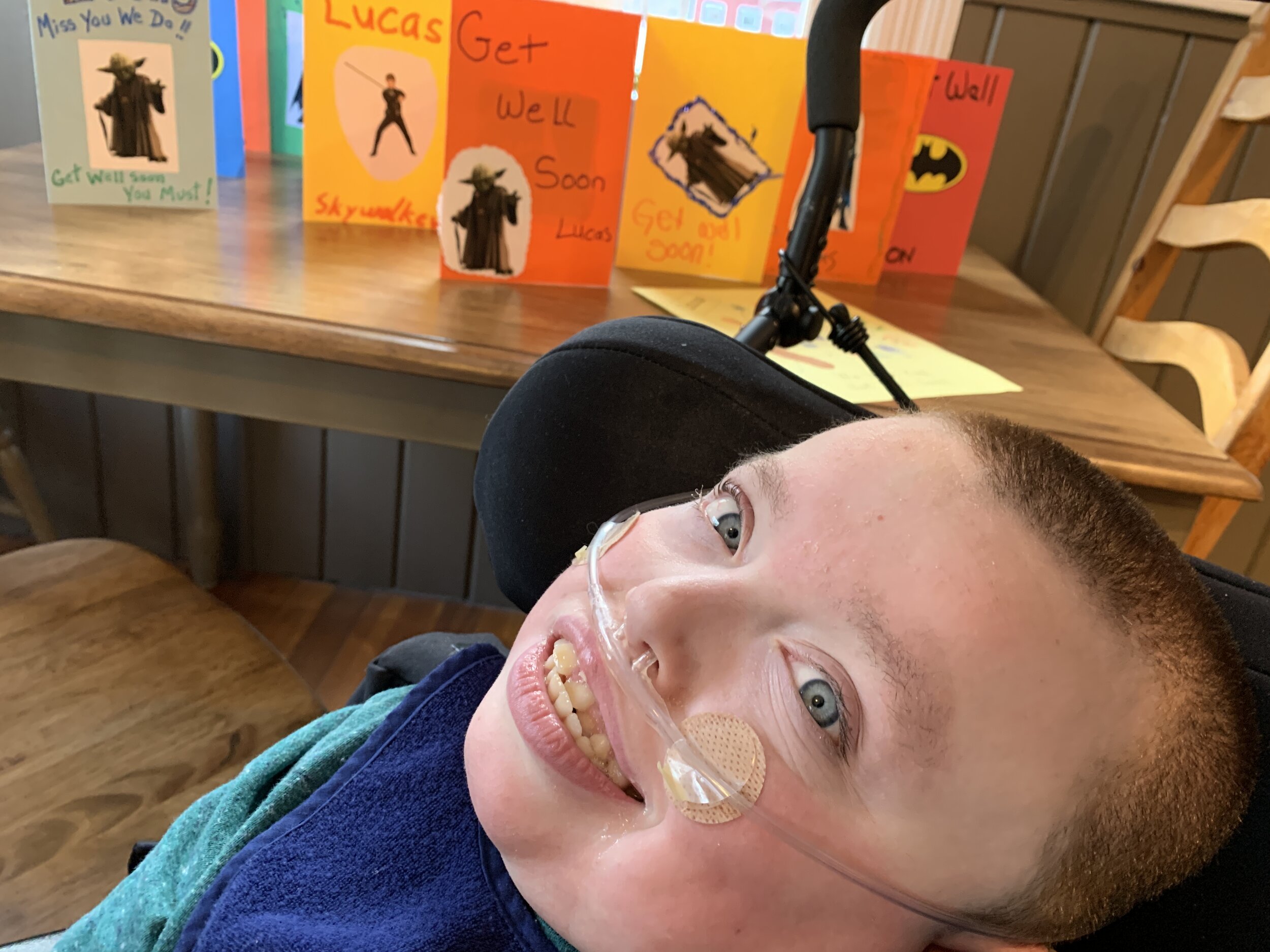By Daniel DeFabio
What is Rare Disease Advocacy?
What is Advocacy?
Some are born to advocacy, others have advocacy thrust upon them.
Advocacy in general and rare disease advocacy in particular can have many different meanings in different contexts. Because of this many of us may think “I’m not an advocate.” or “I’m not that type of advocate, not the real kind.” We may assume only those getting a law passed or raising the millions to fund a cure are worthy of the title. We may not realize that even those highly visible advocates started with one small step after getting bad news during a doctor’s visit. I want to tell you every type of advocacy on this list is equally worthy. We each do what we can do as it is needed of us.
Few of us are likely to choose to be an advocate, rather we find ourselves in situations that require us to advocate. We learn as we go. We may not even realize that advocacy is what we are doing. And that is one of the reasons for this list. You may be one or several of the types of advocates on this list. You may switch back and forth among them. The order I list them here might be true to your experience or you may adopt these roles in any sequence.
For the parents of a child with Rare disease:
Advocating for medical care
Advocating for home services
Advocating for school and educational concerns
Advocating in your community for access and inclusion
Advocating for disease awareness/ fundraising
Advocating for industry/ pharma to do research
Advocating across rare diseases (no longer disease specific concerns)
Advocating for local or national legislation
Because there are so many versions of advocacy, many of us are uncomfortable giving ourselves the label of advocate. We may think “Oh I advocate when I need to but I’m not an advocate.” We tend to think that only efforts that are larger in scope (like items 6-8 above) make for a “real” advocate. Guess what? All advocacy is real.
Advocating for medical care
This may be the easiest role to slip into unnoticed at first, even unnoticed to yourself. It can be as simple as questioning a Doctor’s assessment and seeking a second opinion. In the typical health care arena we’ve come to expect that Doctor-knows-best and will have the answers. In the rare disease space we quickly discover the limits of even the best doctor's knowledge and grow more confident in our own knowledge of our child’s needs and symptoms. In the typical health setting we may fear that a doctor may be put off or offended when we seek a second opinion. In the rare space the stakes are so high, the unknowns so numerous we get past that concern about bruising a doctor’s ego. We turn to multiple sources in hopes of the best answers for our children. This is advocacy.
Advocating for home services
This is another version of advocacy we might find we have no choice but to engage in. Many of us discover that care for our child at home is impossible without the help of special equipment or therapists, maybe a home nurse. It can be a fight to get any of these, and to get them paid for. Who pays? Your health insurance? Medicaid? A charitable organization? Different US states have different programs with various eligibility requirements. It can be a major challenge to get in the system and then work through approvals. Do this a few times and you’ll discover your inner dragon mom (or dad). That is advocacy.
Advocating for school and educational concerns
As rare kiddos reach school age dozens of new concerns and challenges come our way. If you’re lucky your public school system has a good program to address special needs students. They may even make the process close to painless. But you’re now in the world of IEPs (individualized education programs) and discovering what the law requires (and does not require) in terms of including and accommodating your child to offer them as close to the “typical” educational experience as possible. Anytime this process is not delivering the results you need for your child and you decide to push back and require more be done. This is advocacy.
Advocating for in your community for access and inclusion
Maybe the local playground can’t be reached by wheelchair (bark chip mulch is not your friend). Or it lacks accessible equipment. Maybe you know a sidewalk that is impassable in a wheelchair or a corner at an intersection that could use indicators for the blind. If you try to make those things happen you might end up fighting city hall or working with your local politicians. You will find yourself speaking up at public meetings, writing letters, and doing anything you can to get your issue noticed. This is advocacy.
Advocating for disease awareness/ fundraising
Rare disease is expensive. Families need to find ways to pay for treatments, care and adaptations. On a larger scale, someone needs to pay for the research about each disease. You will find many reasons that awareness and funds will need to be raised. A lot of us find ourselves doing a version of this. It can be as simple as using Facebook to ask for your birthday to be celebrated with donations to your rare disease foundation. And it can be bigger gala events or 5k runs or bake sales. It can be approaching philanthropists for contributions. You start telling your story to share why these fundraisers matter to you. This is advocacy.
Advocating for industry/ pharma to do research
The cost of medical research is astounding. Over 95% of rare diseases do not have an approved treatment. Even well-funded and successful pharmaceutical and biotech companies need to make choices about what they study. You need to convince them to choose your disease. This can seem like one of the most intimidating ways to advocate. Most of us don’t start off with this one. We build our strengths in some of the other areas on the list before tackling this one. Getting people in research and industry to take an interest in your cause can be tough. Some good news here, if they are already interested in your disease or some related science, introducing yourself to them can be very welcome. This is because they often can not find enough patients and you can become a major help on that front. Here’s some more good news, getting started can be easier than you may imagine. Just having a list of patient family names with email addresses represents a very valuable thing. Eventually you may build this up into a more formal patient registry and from there a patient history. But even if all you have is the contact list, you’re advancing the cause. This is advocacy
Advocating across rare diseases
You’ve probably heard the slogan “Alone we are rare, together we are strong”. While the biology of these diseases may be unique, rare patients and families share the same challenges. Unless the rare disease that affects your family is one of those with larger populations (Cystic Fibrosis, SMA, Sickle Cell), you may find it hard to reach a critical mass. It might be more strategic to advocate for the broader category of all rare diseases or all rare neurological diseases or some category within rare that might expand your numbers. This can be especially true for ultra rare diseases that might have global patient populations of 200 hundred or fewer. Despite there being about 30 million Americans with a rare disease we seldom mobilize as a block, an interest group, that represents 1/10 of our population. We should. This is advocacy.
Advocating for local or national legislation
One key way an interest group can advocate is by seeking to enact new legislation. Whether this is for access to experimental therapies or wheelchair access into a public space, lobbying your lawmakers from town level on up through state to national levels is one way to make bigger changes that can benefit more people dealing with rare diseases. Organizations like the Everylife Foundation’s Rare Disease Legislative Advocates (RDLA) organize efforts to meet with your Senators, Representative, and state officials to tell your story.. These meetings can be very powerful. After all, the modern model for rare disease advocacy, NORD, was born out of the efforts of concerned rare families like Abbey Meyers and Muriel Guthrie lobbying for the creation of 1983’s Orphan Drug Act.
Just imagine what you and a few dedicated rare disease friends might accomplish. This is Advocacy.
